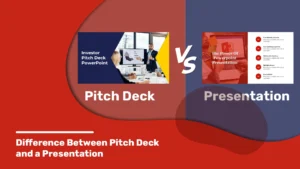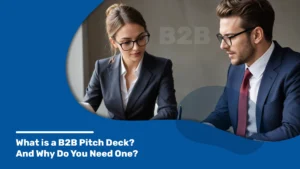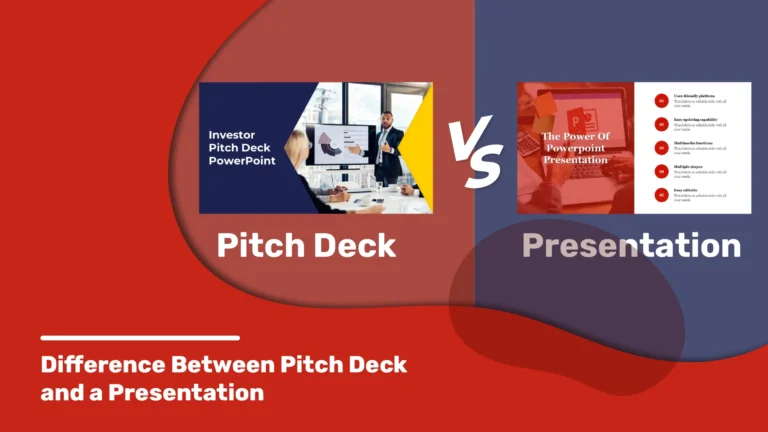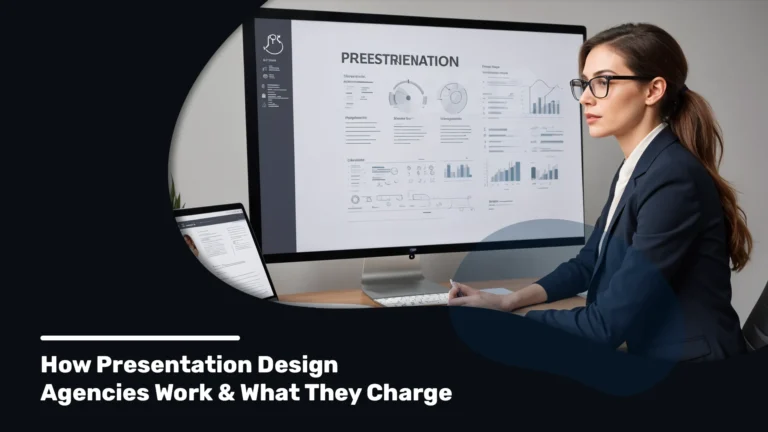To deliver a successful sales presentation, it is important to follow a structured approach that focuses on the four C’s.
What are the four “C’s”? The four “C’s” in sales presentations refer to Connection, Communication, Confidence, and Closure.
This will help you engage your audience and increase your chances of achieving your desired outcomes.
Whether you’re a seasoned sales professional or just starting, this guide will help you take your sales presentations to the next level and achieve the success you deserve.
Let’s take a deep dive into the secrets of success and show you how to craft a presentation that engages your audience, builds trust and rapport, exudes confidence, and ultimately closes the deal.
Understanding the first C: Connection

Connection is the foundation of all successful sales presentations.
How do you establish a connection with your audience? It starts with understanding your audience. Before you begin to craft your sales presentation, take time to learn about your audience.
Who are they? What are their pain points? What are their goals? What motivates them? The more you know about your audience, the better you’ll be able to connect with them on a personal level. Once you have a good understanding of your audience, you can tailor your sales presentation to meet their needs.
Start by addressing their pain points and showing them how your product or service can solve their problems. Use examples and case studies to demonstrate how your product or service has helped others in similar situations.
By doing so, you’ll establish yourself as an expert in your field and build trust with your audience. Finally, don’t forget to inject some personality into your presentation. People buy from people they like and trust, so make sure to show your human side.
Mastering the second C: Communication

Communication is the second C in successful sales presentations. Even the best content in the world won’t help you close a deal if you can’t communicate it effectively.
So, how do you ensure that your message is getting across loud and clear?
First and foremost, keep it simple.
Your audience doesn’t need to know every detail about your product or service. Focus on the most important features and benefits and explain them in simple terms. Avoid industry jargon or technical terms that your audience may not understand. Use clear and concise language to get your message across.
Another important aspect of communication is body language. Your body language can convey as much (if not more) information as your words. Make eye contact with your audience and use confident, open body language to show that you’re in control. Avoid crossing your arms or slouching, as this can make you appear closed off or uninterested.
Finally, don’t forget to listen. Effective communication is a two-way street. Encourage your audience to ask questions and be prepared to answer them.
Listen carefully to their concerns and feedback, and use this information to tailor your presentation and address their needs.
By mastering the second C of sales presentation success, you’ll be able to communicate your message clearly and effectively, and ultimately close more deals.
The third C: Confidence

When you believe in yourself and your product or service, your audience will be more likely to believe in you too. If you don’t believe in your product or service, why should your audience? It’s important to exude confidence and conviction in everything you say and do during your sales presentation.
There is a way to build confidence and conviction to practice, practice, practice. Rehearse your presentation until you know it inside and out.
Practice in front of a mirror or with a trusted friend or colleague who can provide feedback. The more you practice, the more confident you’ll feel when it’s time to deliver your presentation.
Another way to build confidence is to know your competition.
Understand what sets your product or service apart from the competition and be prepared to articulate this to your audience. Use examples and case studies to demonstrate how your product or service is superior to others on the market. By doing so, you’ll build credibility and confidence with your audience.
Finally, don’t be afraid to take risks.
If you want your audience to take a chance at your product or service, you need to be willing to take risks yourself. Use creative visuals or unique selling propositions to stand out from the competition. Try new approaches or techniques to keep your audience engaged.
Demonstrating conviction and confidence in your sales presentation inspires your audience to take action on your deal.
The final C: Closure
Without a successful closure, all of your hard work will be for nothing.

At this moment, you’ve been building up to a crucial revelation that holds the key to your entire presentation. But how do you seal the deal and get your audience to take action?
First and foremost, be clear about your ask. What is it that you want your audience to do?
Whether it’s signing up for a free trial, making a purchase, or scheduling a follow-up meeting, make sure your ask is clear and concise.
Next, address any objections or concerns that your audience may have.
Use case studies or testimonials to demonstrate the effectiveness of your product or service. Be prepared to answer any questions or concerns that your audience may have and provide solutions to their problems.
Finally, create a sense of urgency.
Give your audience a reason to take action now rather than later. Offer a limited-time deal or special offer to incentivize them to act quickly.
By mastering the final C of sales presentation success, you’ll be able to close more deals and achieve the success you deserve.
There are a variety of tools and resources available to help you enhance your sales presentation. Here are a few to consider:
Canva
Use Canva to create professional-looking visuals and graphics to enhance your sales presentation.
Prezi
Prezi is a cloud-based presentation software that allows you to create dynamic, non-linear presentations.
Deckez
Deckez is an online presentation design service, that helps people to improve their presentations in high-quality resolutions at low cost.
Udemy
Udemy offers a variety of online courses on sales presentation skills and related topics.
SalesHood
SalesHood is a sales enablement platform that provides tools and resources to help sales professionals improve their sales presentation skills.
Conclusion and key takeaways
By following this guide and mastering the 4 C’s, you’ll be on your way to delivering effective sales presentations that close more deals and drive business success.
Use tools and resources to enhance your skills and learn from successful case studies. By understanding your audience, communicating your message clearly and effectively, exuding confidence, and closure, you’ll be able to achieve the success you deserve.
















